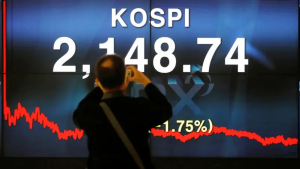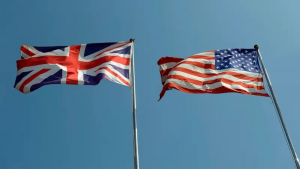Sterling and the euro fell on Thursday and the U.S. dollar clawed back a recent dip as relief at the Bank of England's intervention in bond markets faded.
The British currency jumped the most since mid-June on Wednesday after the BoE announced an emergency bond-buying plan to shore up a gilt market that had been in freefall with the pound.
But in the face of nagging doubts about Britain's economic management and the outlook for global growth, sterling was 1% lower at $1.0776 at 0751 GMT, and the euro weakened 1% to $0.9642, as the U.S. dollar regained its footing.
"There is only so much the BoE can do to support cable, since we think FX intervention and emergency rate hikes are not on the table. And we see no change in the strong dollar story over the next six to nine months," said Chris Turner, Global Head of Markets at ING.
"Expect cable volatility to stay high... trying to hold sterling together until the 3 November BoE rate meeting or 23 November fiscal update will be a tough challenge for policymakers," he added.
Sterling plummeted to a record low of $1.0327 on Monday as investors delivered a scathing verdict on Britain's plans for tax cuts funded by a massive increase in borrowing at the same time as the BoE is struggling to rein in inflation.
Appearances from BoE officials David Ramsden, Silvana Tenreyro and Huw Pill later on Thursday will be closely watched and as will an address by finance minister Kwasi Kwarteng to his Conservative Party on Monday.
"Sterling is not out of the woods," said DBS currency strategist Philip Wee. "The BoE is seen addressing the symptom and not the cause."
"The ... government has yet to address the credibility of the tax cut plans, which critics see adding to the inflation woes."
The euro also weakened slightly after data showed Spain's annual inflation slowed down to 9% in September from 10.5%. Investors will be closely watching German inflation figures due at 1200 GMT for indication on the European Central Bank's rate hike path










